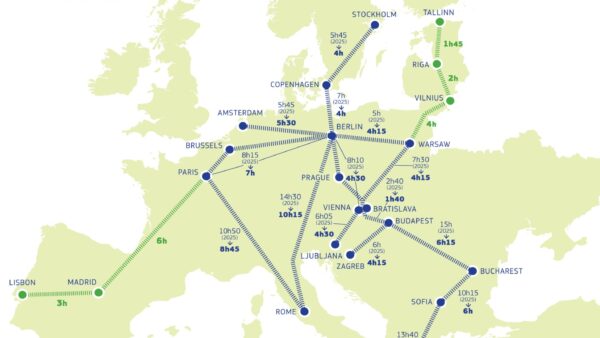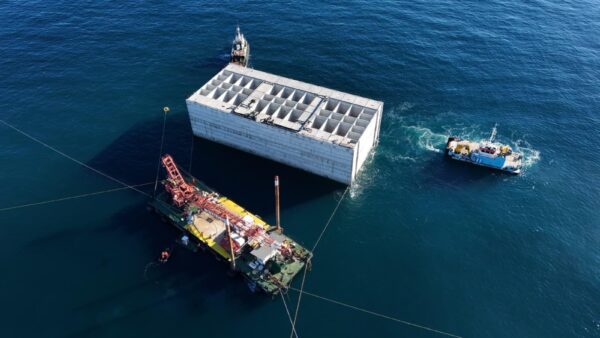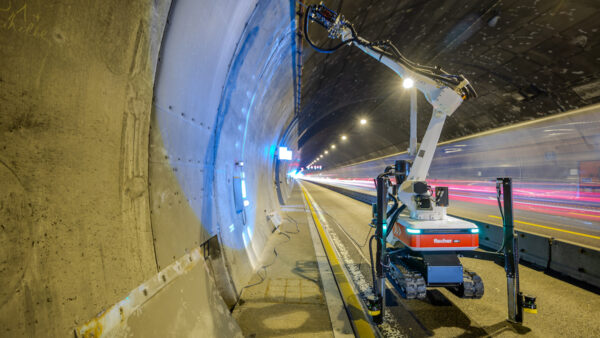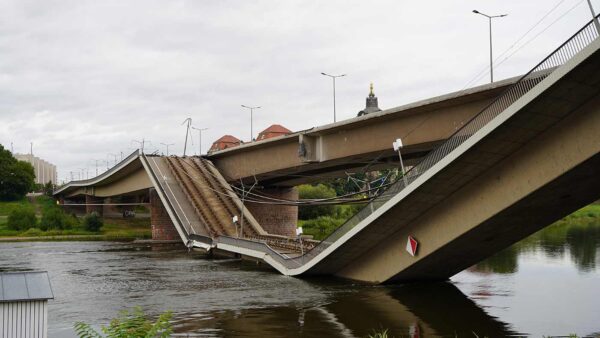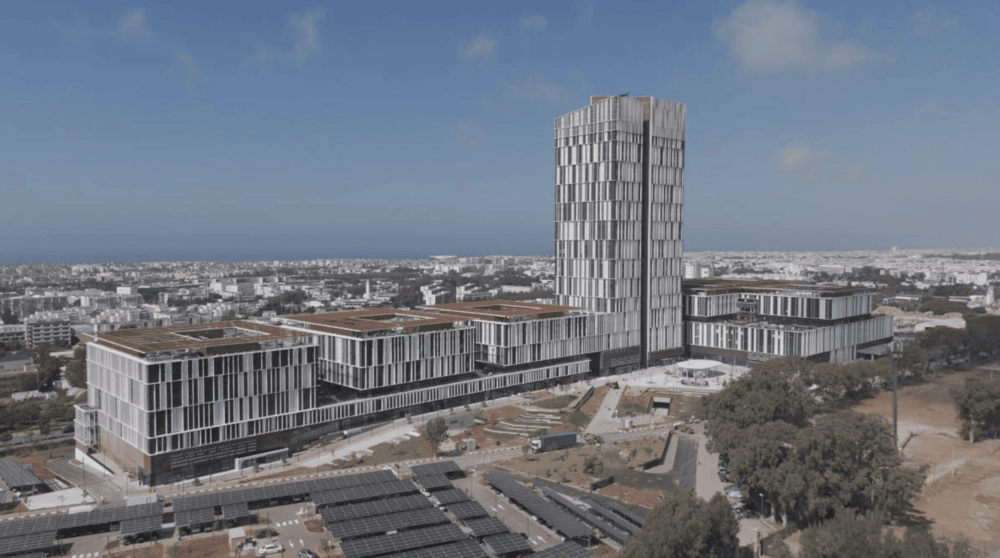
Bymaro, the Moroccan subsidiary of France’s Bouygues, has finished building the 280,000-sq-m Mohammed VI International University Hospital Complex in Rabat after 24 months.
The complex features four six-storey buildings and a 25-storey tower, containing a total of 600 beds, 124 of which will be dedicated to intensive care, and 24 operating theatres, 19 of which have robotic capabilities.
The hospital can accommodate 30 medical fields, including neurosurgery, interventional cardiology, oncology, high-precision radiotherapy and medical imaging.
It contains a burns unit, 30 neonatal incubators and Morocco’s only hypobaric chambers, which are used to treat carbon monoxide poisoning.
There will also be 15 lecture theatres with 4,000 seats, 72 teaching rooms and 217 practical work rooms able to accommodate 8,000 students.
Located in the university area, all lecture theatres are grouped together and offer students and staff a wide range of training in medicine, dentistry, pharmacy, health engineering, nursing and other healthcare.
Designed by Paris-based AIA Architectes, alongside Morocco’s Pictogramme and YLA, the hospital is located in the centre of the Moroccan capital of Rabat.
Construction is estimated to have cost €500m, not including medical equipment and furniture.
The hospital is intended as a model for future university hospitals in Morocco.
Its green features include 8,800-sq-m of photovoltaic panels, optimised design and the use of low-carbon materials, which has reduced emissions by 40% when compared to traditional construction methods.
4,500 site workers from Bymaro and local partners worked on the project during peak periods.
Pierre-Eric Saint-André, said: “The Mohammed VI International University Hospital in Rabat, which will benefit thousands of Moroccans, epitomises the country’s ambitions in terms of healthcare, higher education and sustainable construction.
“The commitment and expertise of our teams, along with exemplary collaboration with our partners, made it possible for us to meet this technical and human challenge within 24 months.”
- Subscribe here to get stories about construction around the world in your inbox three times a week
Further Reading:

